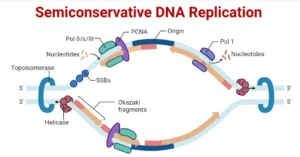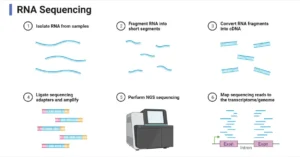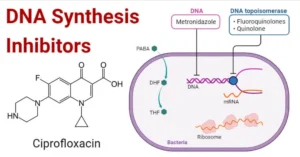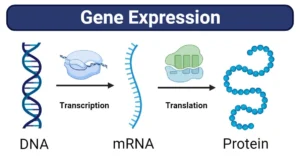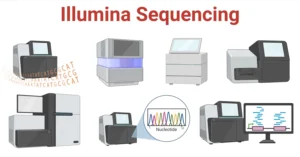CRISPR : Imagine having a tool that could rewrite the blueprint of life with incredible precision. That’s exactly what CRISPR-Cas9 is—a revolutionary discovery that has opened up new frontiers in genetic engineering. Originally found in bacteria as a defense mechanism, CRISPR-Cas9 is now transforming science and medicine, offering solutions to challenges we once thought were insurmountable.
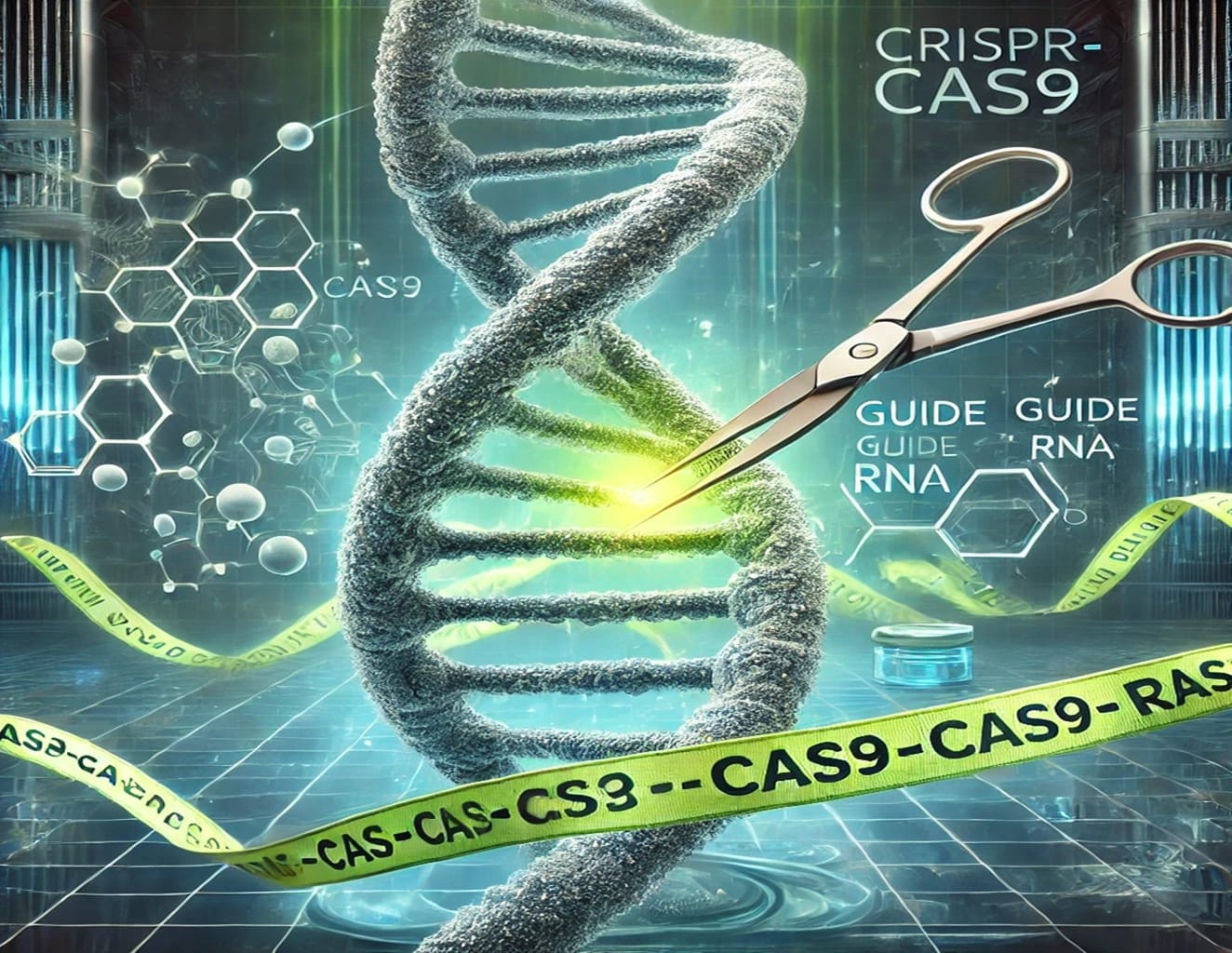
How CRISPR-Cas9 Works
At its simplest, CRISPR-Cas9 works like a highly skilled pair of molecular scissors. It has two main parts:
- Guide RNA (gRNA): Think of this as a GPS that guides the tool to the exact spot in the DNA.
- Cas9 Enzyme: This is the scissors that make the precise cut in the DNA.
The process starts when the gRNA leads the Cas9 enzyme to a specific DNA sequence. Once there, Cas9 snips the DNA, allowing scientists to add, remove, or replace genetic material. Compared to older techniques like zinc finger nucleases or TALENs, CRISPR-Cas9 is faster, easier, and much more affordable, making it accessible to labs worldwide.

Applications in Life Sciences
1. Agriculture
Think of crops that can survive droughts or resist pests without harmful pesticides. CRISPR-Cas9 is making this a reality. Scientists are editing the genomes of plants like rice and wheat to boost yields and improve nutrition, providing a lifeline for tackling global food shortages.
2. Medicine
This is where CRISPR truly feels like science fiction becoming reality. It’s being used to:
- Treat genetic diseases like sickle cell anemia and cystic fibrosis by fixing the faulty genes.
- Develop personalized cancer therapies, turning our immune cells into precision weapons against tumors.
- Create accurate models of diseases, speeding up drug discovery and testing.
3. Microbial Studies
CRISPR isn’t just for humans and plants; it’s also helping microbes pull off incredible feats. Scientists are engineering bacteria to clean up pollutants or produce biofuels, showing how even tiny organisms can make a big difference.
Ethical Considerations
While CRISPR-Cas9 is exciting, it also raises tough ethical questions. For example:
- Should we edit genes in human embryos, knowing the changes could be passed down for generations?
- Could the ability to create “designer babies” lead to social inequalities or unforeseen consequences?
Countries around the world are working on regulations to ensure CRISPR is used responsibly. It’s a delicate balance between embracing innovation and avoiding misuse.
CRISPR Beyond Gene Editing
CRISPR is not just about editing genes. It’s also being used to develop cutting-edge diagnostic tools. For instance, SHERLOCK and DETECTR are CRISPR-based systems that can quickly and accurately detect diseases like COVID-19. Beyond diagnostics, CRISPR is opening up new possibilities in synthetic biology, such as creating organisms with customized traits for industrial or medical applications.
Future Prospects
The CRISPR revolution is far from over. New advancements like base editing and prime editing are making the technology even more precise and versatile, reducing the risk of unintended side effects. For young scientists, this field is a treasure trove of opportunities to make groundbreaking discoveries and contribute to a better future.
Conclusion
CRISPR-Cas9 is more than a scientific tool; it’s a gateway to solving some of humanity’s greatest challenges. From curing genetic disorders to creating sustainable food sources, its potential seems limitless. As we refine this technology and address its ethical dilemmas, CRISPR will continue to shape the future of life sciences.
For students and aspiring scientists, now is the perfect time to dive into this fascinating field. Who knows? The next big breakthrough might just come from you.

